Last updated on March 15th, 2025 at 08:35 pm
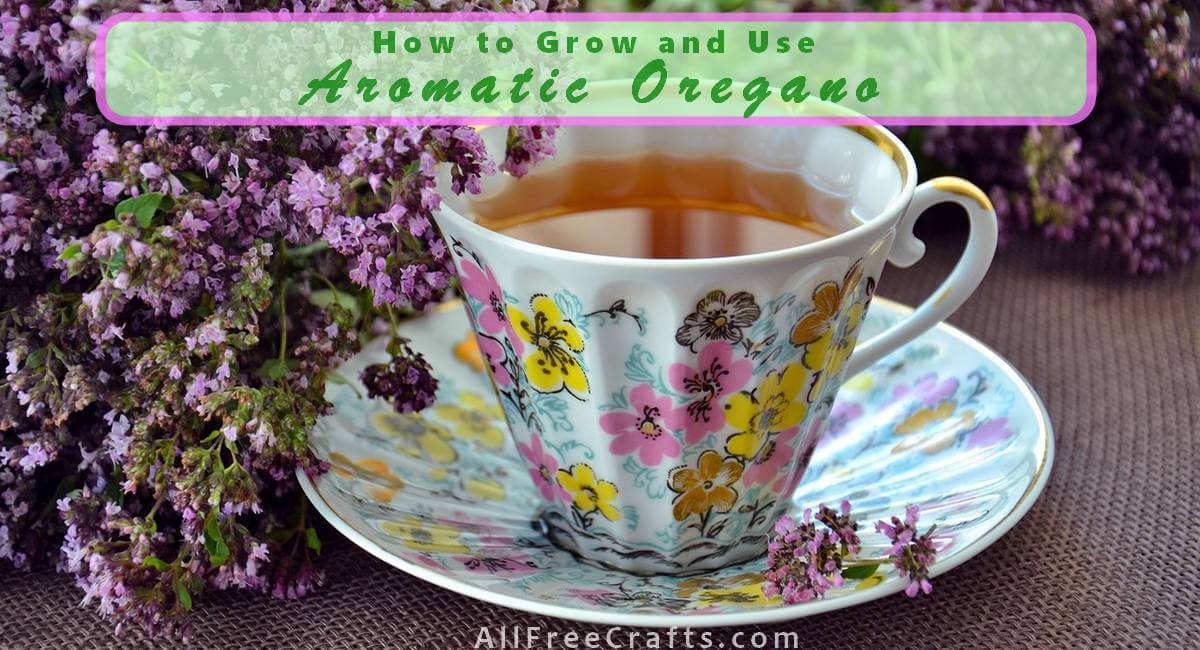
Varieties of Oregano
If you’ve ever been to an Italian restaurant, you’ve probably tasted oregano. This fragrant herb is a staple in Italian cuisine but also has a place in home kitchens around the world.
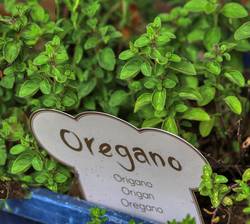
Each variety of oregano has unique traits. Some are flavorful while others are better for decorative or medicinal purposes. However, most oregano is grown for its taste, aroma and easy-keeping nature.
The most popular variety is Greek oregano, known for its strong, pungent flavor. Italian oregano is milder and more floral in flavor while Mexican oregano has a slightly spicy, peppery taste. There are also several oregano varieties that are native to the United States, including wild oregano, which has a more subtle flavor.
Planting, Propagation and Care
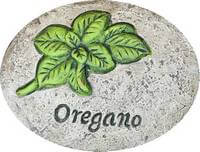
Growing your own oregano is a great way to get the freshest, most flavorful herb for your cooking. Oregano is a hardy, woody herb and can be grown in most climates, as long as it has plenty of sunlight and well-drained soil.
Seeds: Fill a pot with potting soil and plant your oregano seeds about 1/4 inch deep. Place the pot in a sunny spot and water regularly. Once the plant is about six inches tall, you can start harvesting the leaves for cooking. If growing entirely in pots or containers, replenish the potting soil or compost every couple of years and move to a larger pot as needed.
Cuttings in Water: Oregano cuttings root fairly well in water. Take cuttings about 3 to 5 inches long, remove the bottom half of the leaves, then set the cuttings in water. Change the water every few days until roots appear and grow about one inch long. Transplant the rooted cutting into potting soil and keep moist, but not water-logged, until the oregano settles in and begins growing.
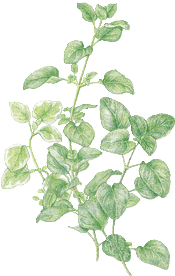
Cuttings in Soil: Oregano cuttings also root successfully when propogated directly in sterile potting soil. Placing a transparent plastic bag, jar, or cloche over cuttings placed in soil helps keep temperature and moisture levels ideal, but isn’t strictly necessary. Just keep the cuttings moist, but not wet, until roots develop and new leaves appear.
You can try planting cuttings in soil in several ways:
- Simply insert the cuttings into a pot of appropriate transplant soil and keep moist until growth begins.
- Strip the bottom leaves from a cutting then dip the bottom of the cutting in rooting hormone before inserting into sterile potting soil.
- Try dipping the end of the oregano cutting in honey before inserting into the soil.
Division: After a few years or growing oregano in the garden, it’s likely that you’ll want to cut back and divide your oregano plant . In short, if your plant is too bushy, cut it back, dig it up, then divide the root, discarding the older portions and replanting (or gifting) the rest.

Once established, oregano plants and flowers attract and sustain butterflies, bees, hummingbirds and hummingbird moths.
Jane Lake
Growing Perennial Oregano in the Garden
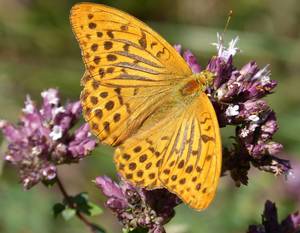
Oregano has attractive mauve to purple blossoms and makes a pretty addition to window boxes, containers, planters and borders.
If you are growing oregano as a perennial herb in the garden, choose a sunny spot in sandy loam and do not overwater or fertilize. Oregano thrives without too much fuss.
Once established, oregano plants and flowers attract and sustain butterflies, bees, hummingbirds and hummingbird moths.
Although oregano looks great as part of a herb circle or herb garden, it also functions as attractive foliage and a worthy flower in its own right. Because of its airy foliage and flower heads, it serves well as a filler for vases of garden cut-flower arrangements.
If you’re lucky enough to have a bushy, full-flowering oregano plant, there’s plenty there to cut flowering stems for dried flower arrangements. Just cut stems as desired for length, add them to a dry vase and wait for them to dry upright naturally. After that, use them as fillers or even the main attraction for natural dried flower arrangements.
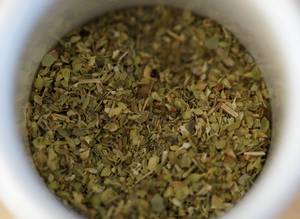
Harvesting and Drying Oregano
You can harvest oregano any time, but the flavor is best when the leaves are still young and tender. To harvest oregano, simply pinch off the leaves from the stem for immediate use.
You can also cut off a few stems to bring into the kitchen, selecting the best leaves to chop as per any recipe directions.
Once you’ve harvested your oregano, you can dry it for future culinary use. One easy way is simply leaving individual leaves on a tray or paper towel in a warm, dry place. Allow leaves to dry completely for several days before storing them in an airtight container.
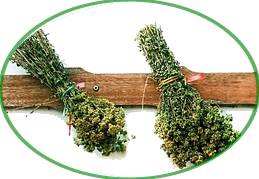
Alternatively, cut oregano stems then tie the stems together with twine and hang the oregano upside down to dry.
When the leaves are dry and crispy, hold the herbs inside a paper bag and run your hands over the leaves so that they fall into the bag.
Throw away the long, twiggy stems then separate any remaining stem pieces from the leaves.
Rubbed Oregano
Rubbed oregano has been carefully dried and then rubbed between the hands to create a coarse powder. This process is done to release the essential oils and flavor of the oregano, which is why it is often referred to as ‘rubbed’ oregano.
Rubbed oregano is memorable for its bold flavor and aroma. It is also used to make herbal remedies and to season meats and vegetables.
Making rubbed oregano can be done with a few simple steps. Ideally, the oregano should be harvested at the peak of its flavor and dried in the sun. Once dry, the leaves should be stored in an airtight container and kept in a cool, dark place.
When rubbed oregano is called for, the dried oregano leaves should be placed on a cutting board and then rubbed between the hands to create the powder. Store excess powder in an airtight container until ready to be used. Rubbed oregano is recommended as part of our Garlic Herb Rub jar recipe.
Traditional Uses of Oregano in Recipes and Cooking
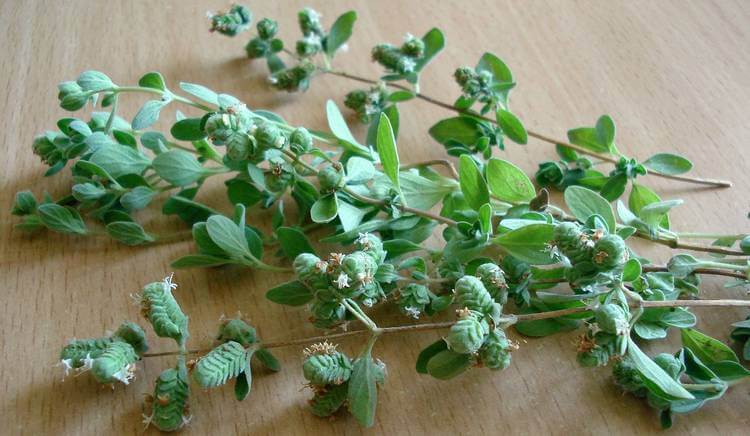
Ancient people grew and used oregano mainly as a culinary spice. A teaspoon of dried oregano leaves, crumbled by hand, added a distinctive flavor to bread dough, soup, stew or tomato sauce. The same is true today.
You can also sprinkle oregano, alone or mixed with other herbs as a dry rub, over pork, beef or chicken before cooking. It’s an amazing addition to salad dressings, stuffing, meatloaf, dumplings, bread and biscuits. And, of course, oregano is often paired with thyme in spaghetti sauce, herb breads and many other recipes.
Young, fresh oregano leaves are first choice for the best flavor in any recipe or garden salad. Or simply add a sprig of homegrown oregano on the side of a plate for decorative effect.
Medicinal Uses
In addition to its culinary uses, oregano has been used for centuries for its medicinal properties. Oregano is known to have anti-inflammatory and antiseptic properties, making it an effective choice for treating colds, flu, and other respiratory illnesses. It can also be used to sooth sore throats, reduce nausea and aid digestion, reduce gas and bloating.

Make oregano tea by adding either a five or six inch sprig of fresh oregano, or a tablespoon of dried oregano to an infuser then covering with boiling water for four to five minutes. Strain and enjoy with, or without, a teaspoon of honey.
Oregano oil, usually purchased as a concentrated extract, is also a popular choice for treating skin conditions, such as acne and eczema. According to Healthline, oregano oil is also used for pain and inflammation relief with indications it may also help reduce cholesterol and yeast inffections. Oregano oil can be taken orally or applied topically to the skin; read, and follow, the manufacturer’s directions.
Oregano in Crafts
Oregano isn’t just for cooking and medicinal uses. Oregano leaves are used in soaps, candles, and other scented items including simmering potpourri.
Aromatic oregano leaves can also be dried and used in wreaths, potpourri, and sachets. Here is a wonderful video on creating a living herb wreath which includes golden oregano.
Oregano is a versatile herb that can be used for a variety of purposes. Whether you’re using it for cooking, medicinal purposes, or crafting, growing your own oregano is a great way to get the freshest, most flavorful herb for your needs.
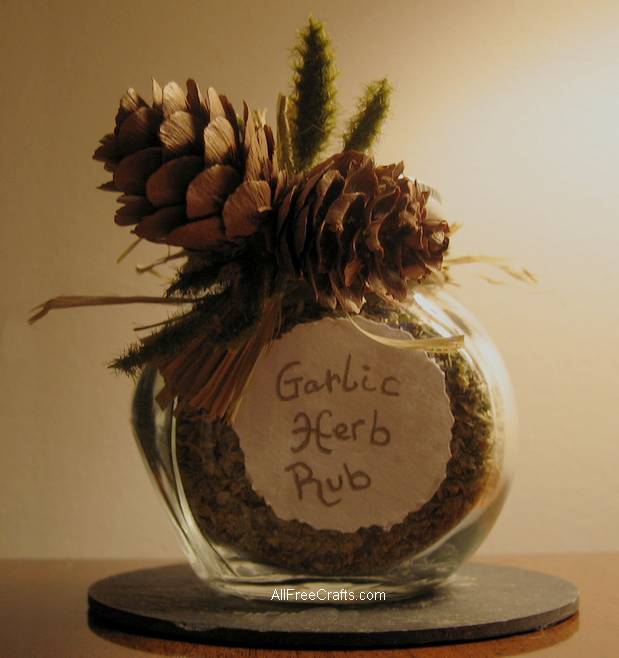
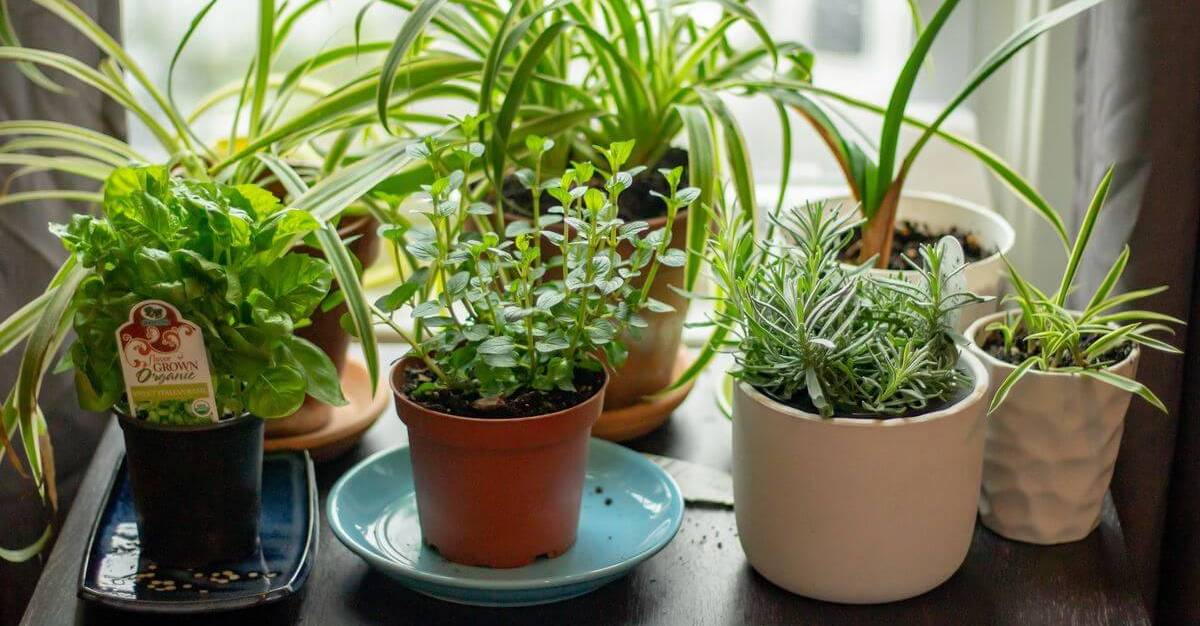
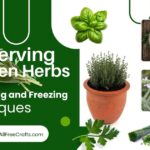
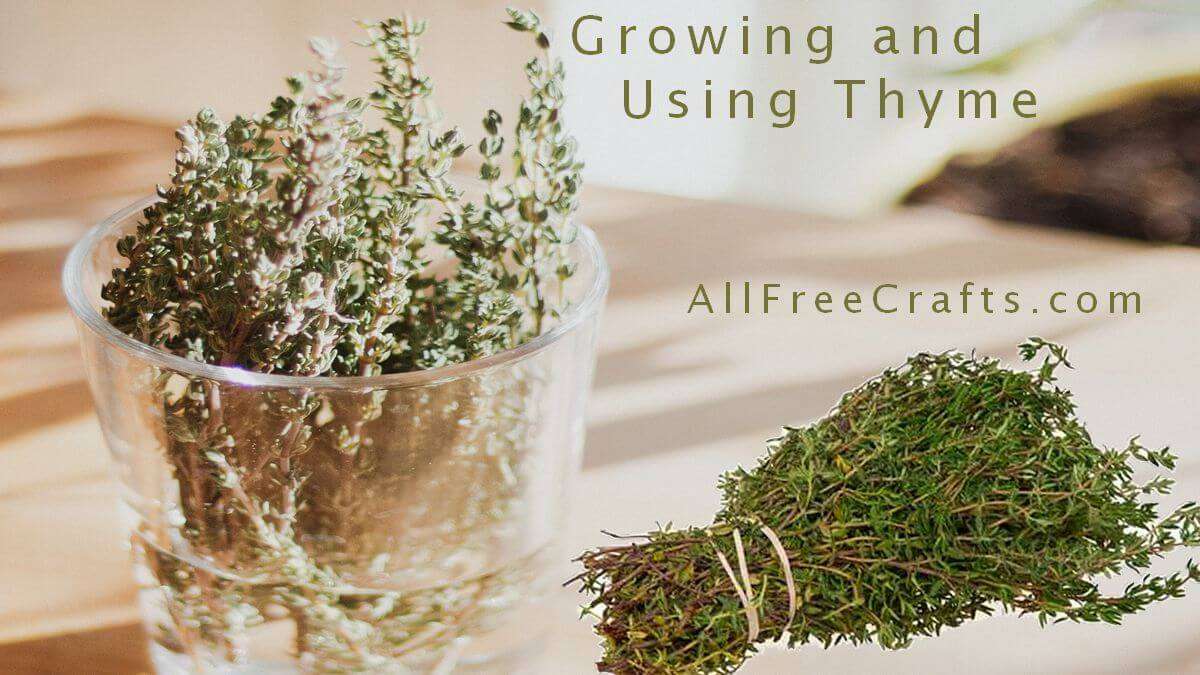
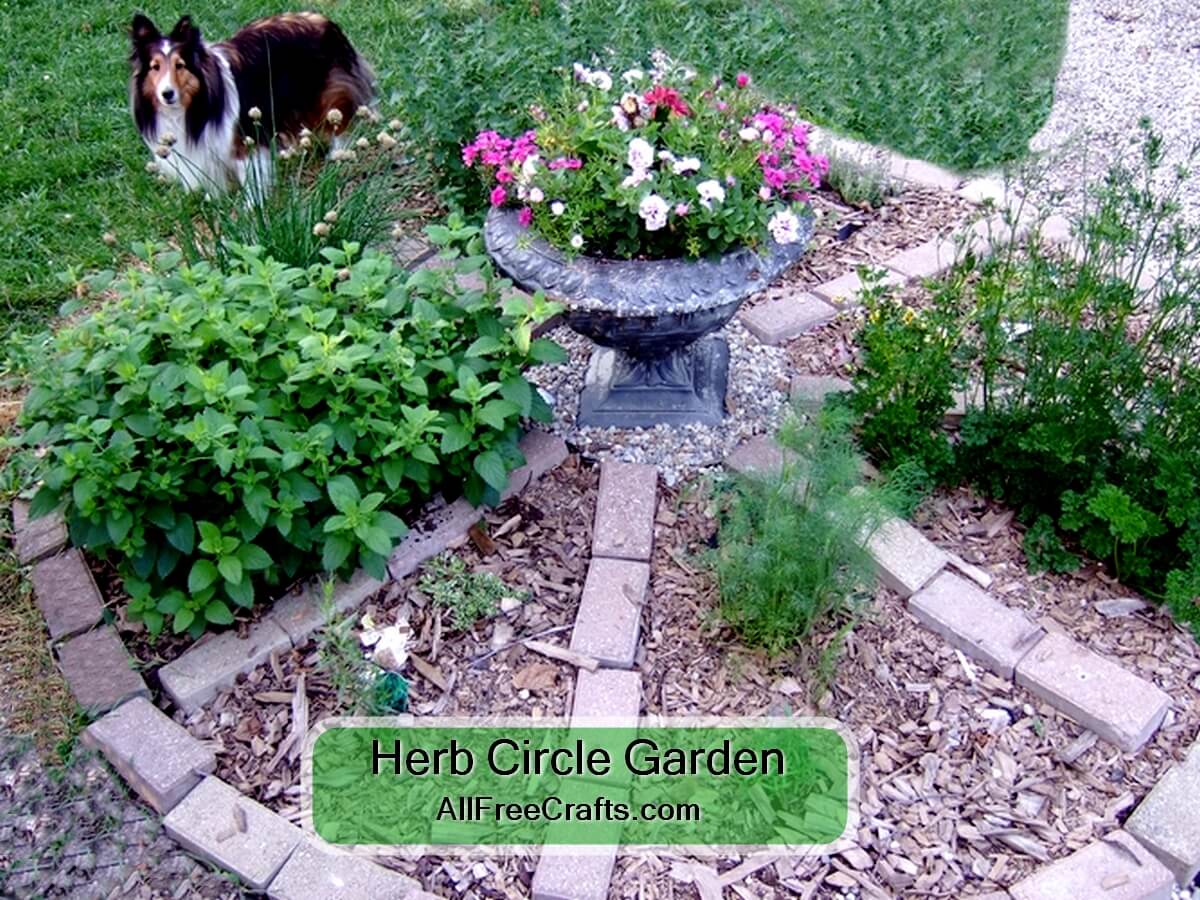
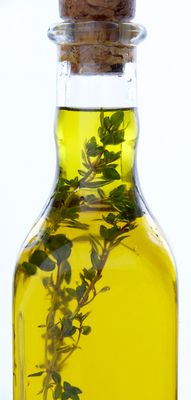
Leave a Reply